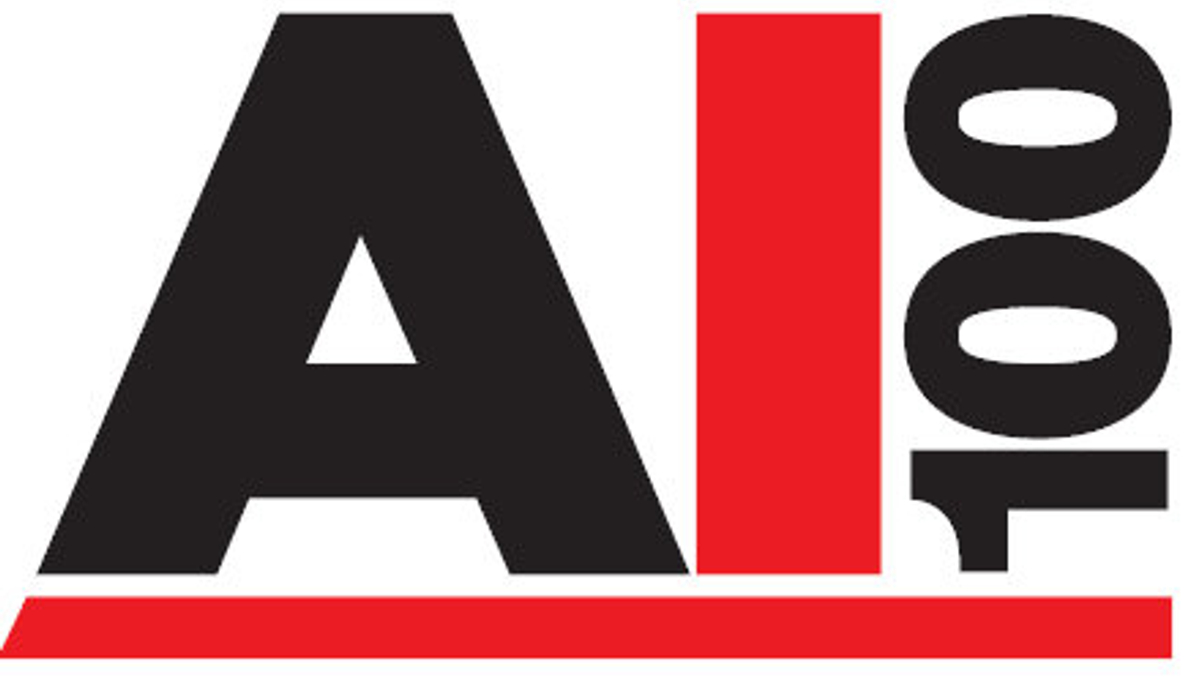AI100: Alts, multi-asset drive AUM growth in Asia
Demand for multi-asset strategies as well as alternatives such as real estate and hedge funds has driven up assets for fund managers in the region, AsianInvestor's latest AI100 survey shows.

Increasing demand for alternative and multi-asset strategies has helped to boost asset growth for several global fund houses in Asia, according to AsianInvestor’s latest survey on the biggest asset managers in the region.
Sign in to read on!
Registered users get 2 free articles in 30 days.
Subscribers have full unlimited access to AsianInvestor
Not signed up? New users get 2 free articles per month, plus a 7-day unlimited free trial.
¬ Haymarket Media Limited. All rights reserved.


